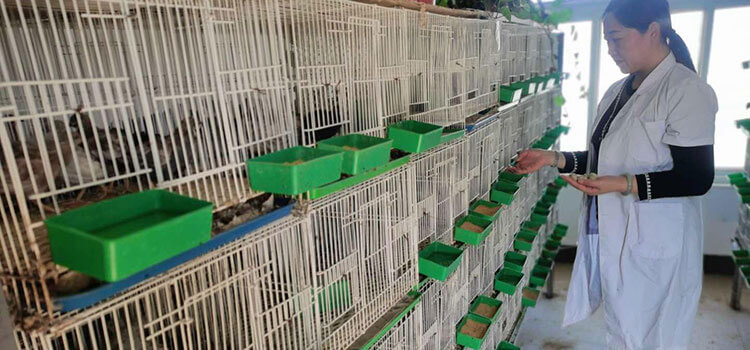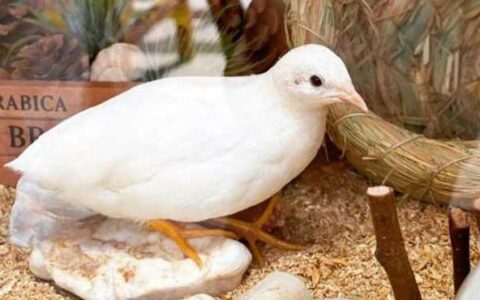Go to work early in the morning, take a bath or disinfection, and then change your clothes, cap, and shoes to enter the chicken house. First, turn on the light and adjust the working fan
The daily management procedures and methods for rearing rutin chickens are:

Go to work early in the morning, take a bath or disinfection, and then change your clothes, cap, and shoes to enter the chicken house. First, turn on the light and adjust the working fan, add materials within 30 minutes, and observe the Rutin chicken breeding flock while adding materials. Wash the water trough after feeding and add enough water. After adding feed and water, you should immediately observe the community, pick out the sick and dead chickens, and hand them over to the veterinarian for diagnosis. The first thing to keep in the early morning is the feeding and drinking behavior of the rutin chickens. After the first feeding, the rutin chickens will eat first and have a strong appetite, and they will look down from the trough to eat in a row, which means that the breed is healthy. Suppose some rutin chickens eat a few mouthfuls or do not eat material standing or lying down in the cage. In that case, they are sick chickens and should be picked out in time. The next thing to look at is the color and shape of the feces. Formed feces, standard color, the white foam-like stool is the normal feces discharged by healthy rutin chickens; if the wastes are thin, green, and yellow. Indicating that the rutin chicken breed is sick, you should ask a veterinarian to diagnose. Again, we should observe whether the eyes of rutin chickens are tearing and whether there is bulging or cysts on the head. Whether there is neck extension and open mouth or neurological symptoms, and whether they are responsive.
Clean the feces regularly and keep the air in the chicken coop fresh. The ground should be cleaned and disinfected at the end of each manure cleaning.
After work at noon, we should check the eating and drinking conditions of the rutin flock and check whether there is any abnormality in the amount of food intake and drinking water. The place where the feed is finished is replenished in time; the site where the meal is more to the place where the feed is less is even; if the spread is all clean, stop 20~-30 minutes from adding the next feed. Add water to the water trough at the same time. Check and repair the cage, water trough, and feed trough.
Collect rutin eggs at night and pick eggs at 18:00. Be gentle and steady when collecting eggs. Check the number of eggs and weigh the eggs carefully when choosing and keep daily records. When picking eggs, place and record broken eggs, soft eggs, etc., to check whether the rutin flock is average.
Fill in the production record sheet carefully. Fill the table with the number of stock, death, egg production, egg laying, feeding quantity, temperature, etc. Of the day and count the survival rate, death rate, and egg laying rate. Fill in the work content of the day.
Observe the rutin flock at night. Enter the rutin henhouse 20~30 minutes after turning off the lights at night, listen carefully to the sound, and check whether the breathing is normal. If abnormal sounds are found, it means there are sick chickens. Pick out sick chickens for diagnostic observation to determine whether it is an infectious or joint disease. If it is a contagious disease, individual rutin chickens develop, immediately test for antibodies, and promptly confirm the diagnosis and treatment. If it is a common disease, sick rutin chickens should be eliminated.
Notice: Internet users spontaneously contributed the article content, and the article views only represent the author himself. This site only provides storage services, does not have ownership, and bears relevant legal liabilities. If you find plagiarism, infringement, or illegal content, please contact the administrator to delete it.



